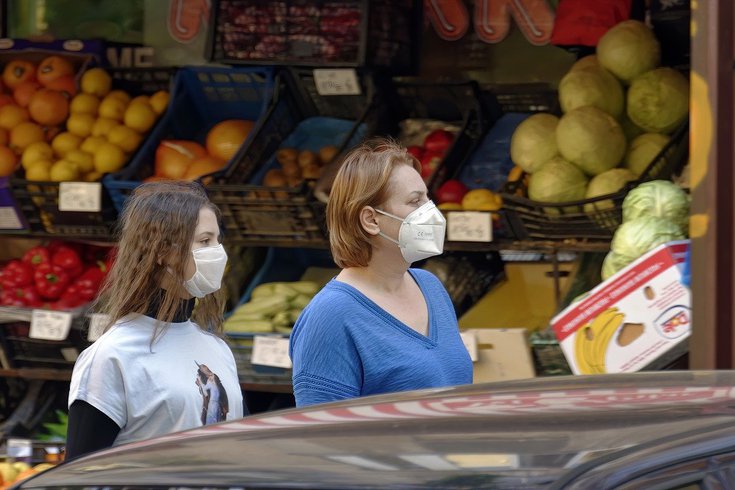
November 11, 2020
 Candid_shots/Pixabay
Candid_shots/Pixabay
The CDC is now backing universal masking policies, noting they can help prevent COVID-19 transmission and avoid future shutdowns.
Face masks not only help prevent people from spreading COVID-19, but also offer protection to people wearing them, according to the Centers for Disease Control and Prevention.
This is a deviation from the CDC's early stance that masks only reduce the risk of COVID-19 to others.
The CDC updated its face mask guidance Tuesday based on research indicating face masks both reduce the "emission of virus-laden droplets" and the "inhalation of these droplets by the wearer."
The CDC now states, "The community benefits of masking for SARS-CoV-2 control is due to the combination of these effects; individual prevention benefit increases with increasing numbers of people using masks consistently and correctly."
Studies have shown that masks can reduce the risk of transmitting or being infected by the coronavirus by more than 70%. In one study, two infected hair stylists did not spread the virus to any of their 67 clients because of mutual mask wearing.
Another study found a COVID-19 outbreak was prevented on an airplane carrying an infected passenger because masks were worn by all passengers and crew members. Additional research from Germany, Canada and Thailand supports the benefit of university masking policies, the agency says.
"Adopting universal masking policies can help avert future lockdowns, especially if combined with other non-pharmaceutical interventions such as social distancing, hand hygiene and adequate ventilation," the CDC wrote.
One economic analysis found that just a 15% increase in masking could prevent economic losses of up to $1 trillion.
The CDC's guidance also includes recommendations on the most effective masks, noting some cloth masks are nearly as good at preventing virus transmission as surgical masks.
"Multiple layers of cloth with higher thread counts have demonstrated superior performance compared to single layers of cloth with lower thread counts, in some cases filtering nearly 50% of fine particles less than 1 micron," the guidance says.
Cloth masks also can effectively block the exhalation of droplets smaller than 10 microns. Polypropylene captures particles through static electricity while silk repels moist droplets and reduces fabric wetting.